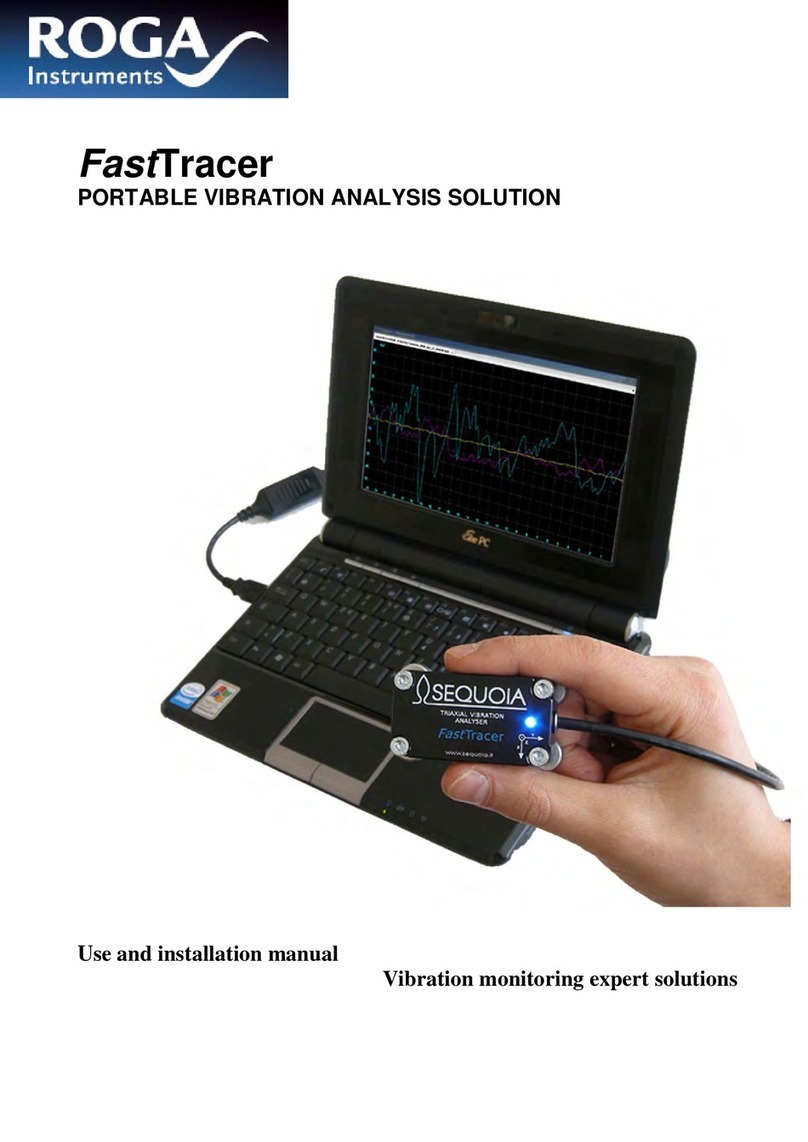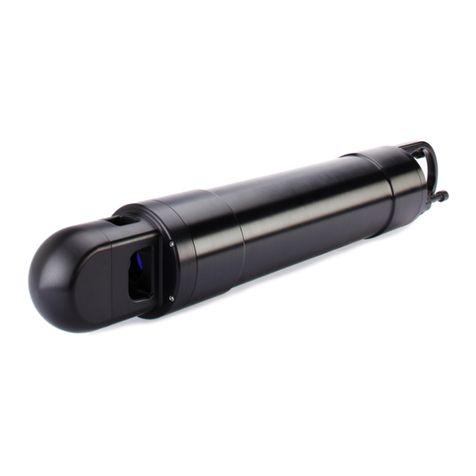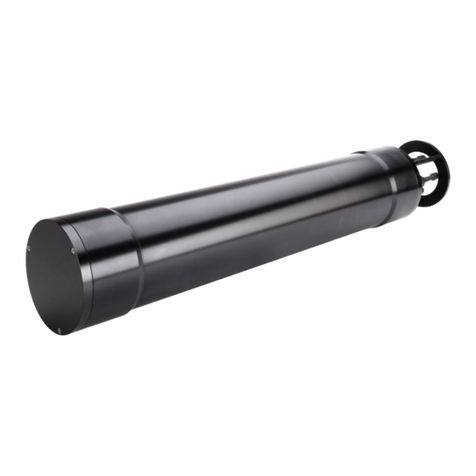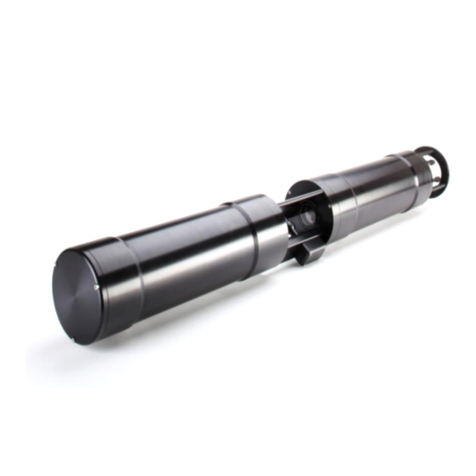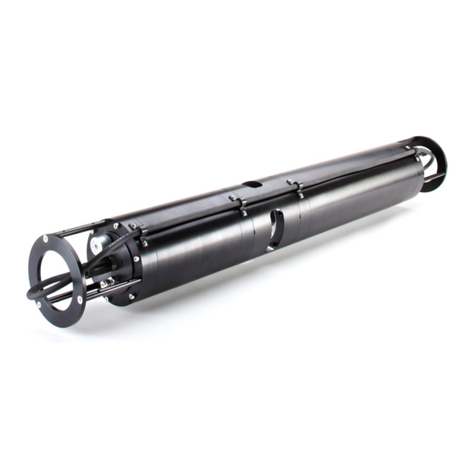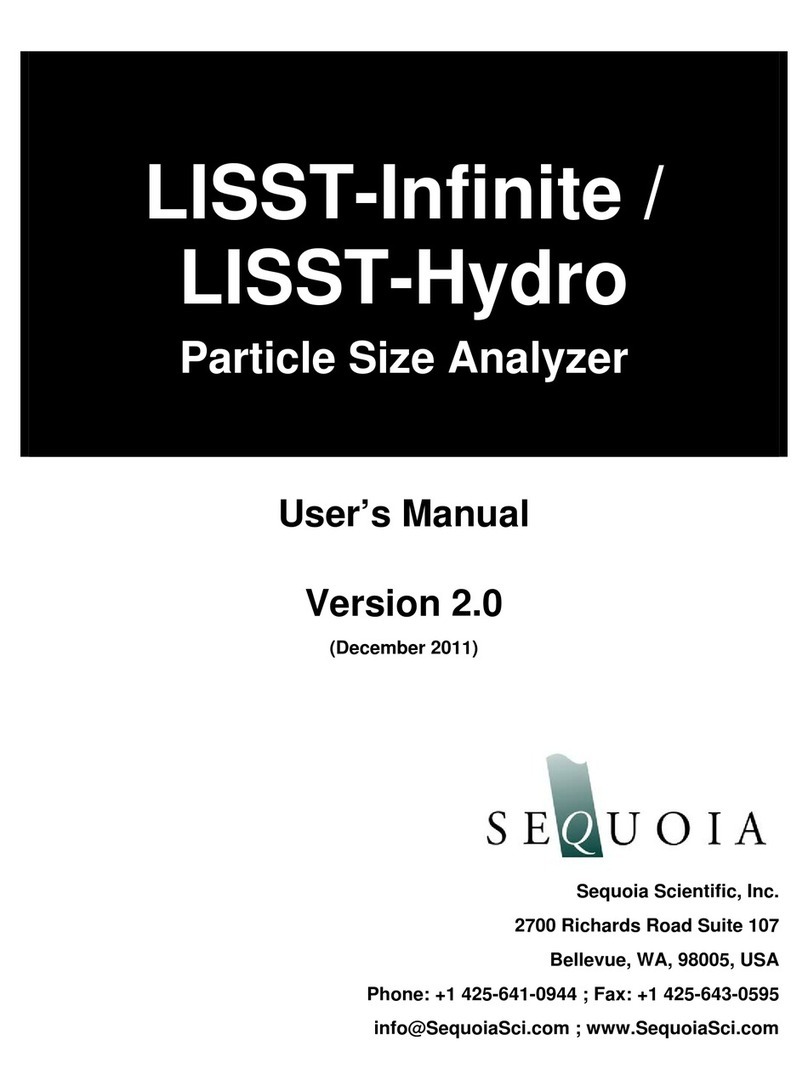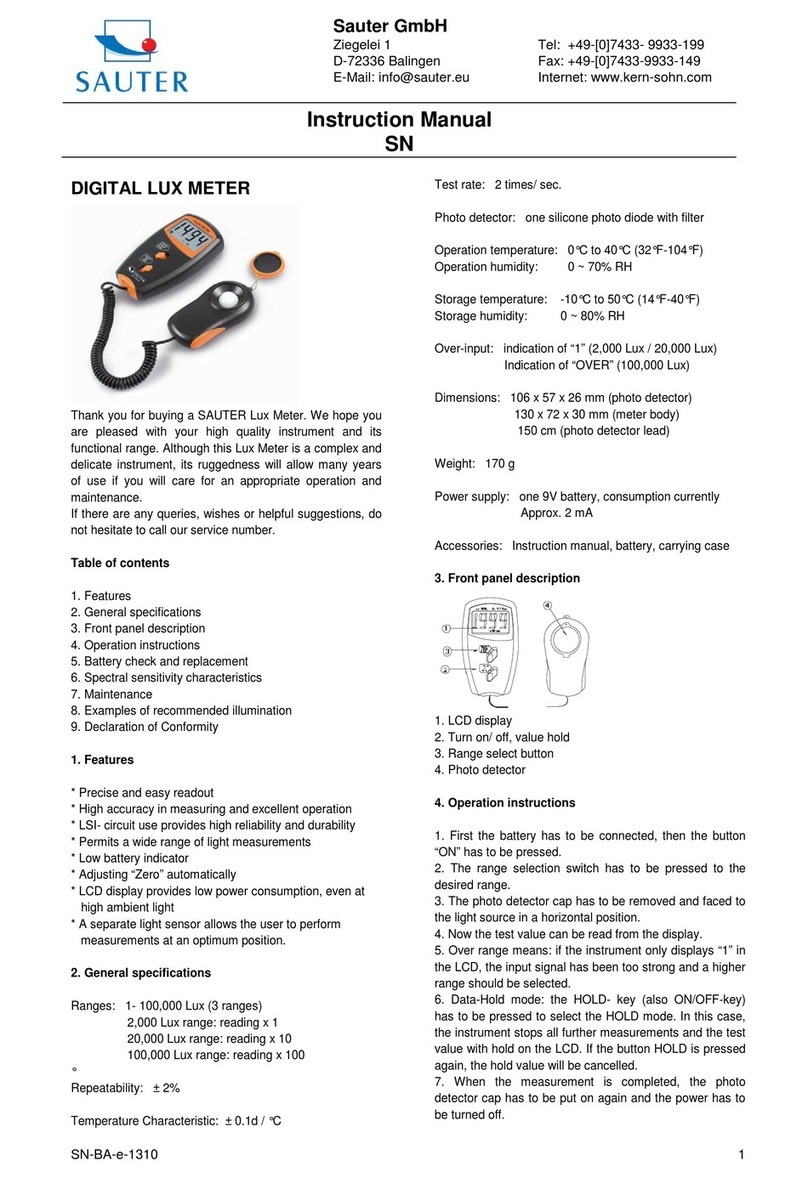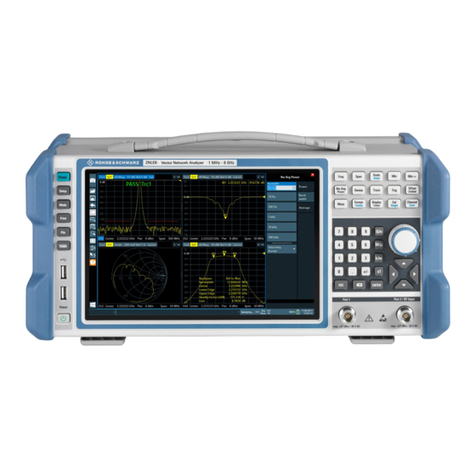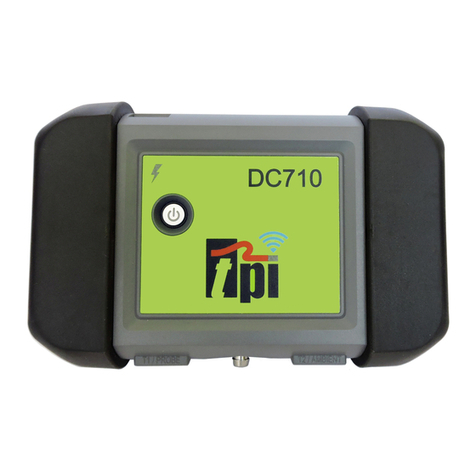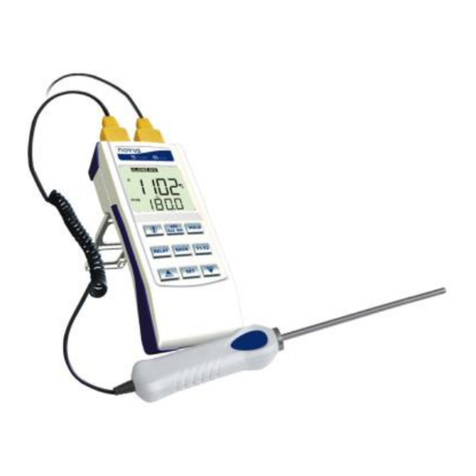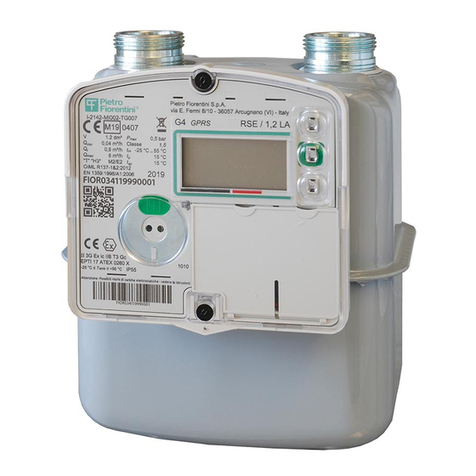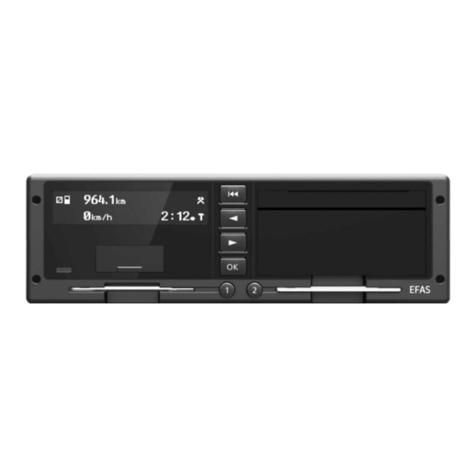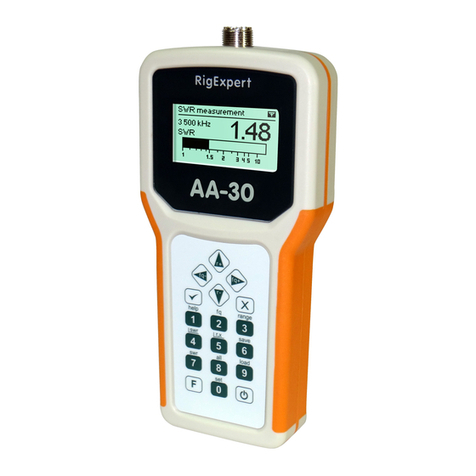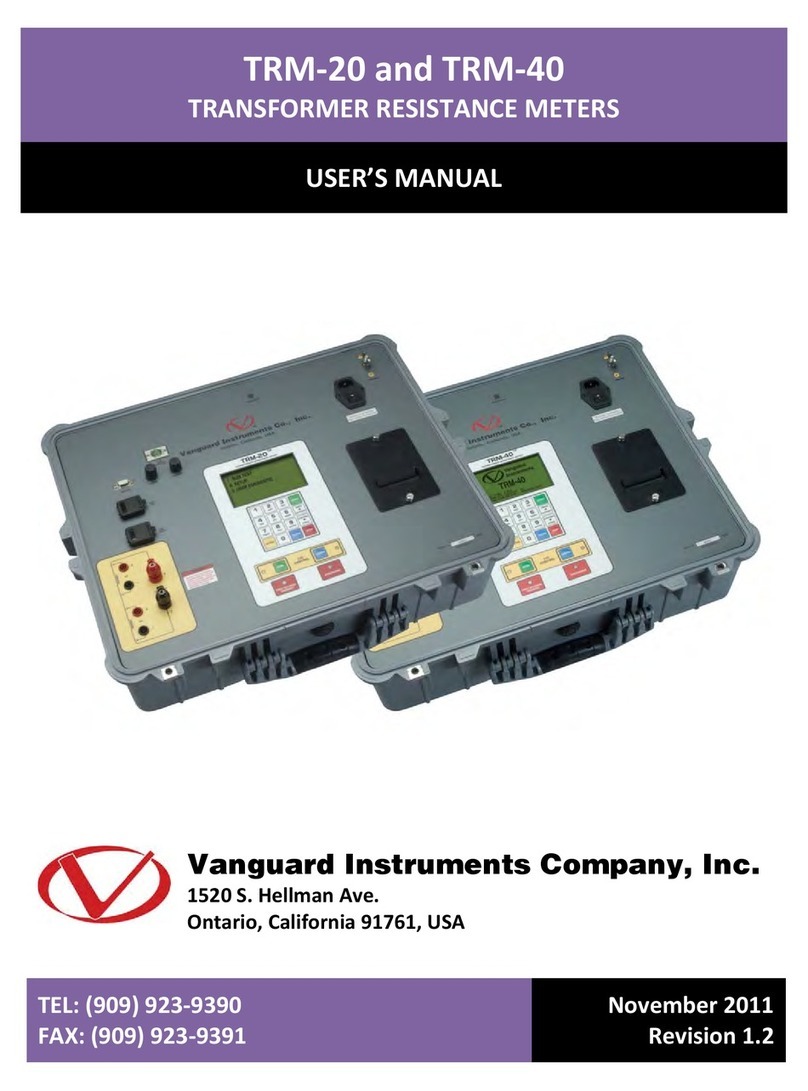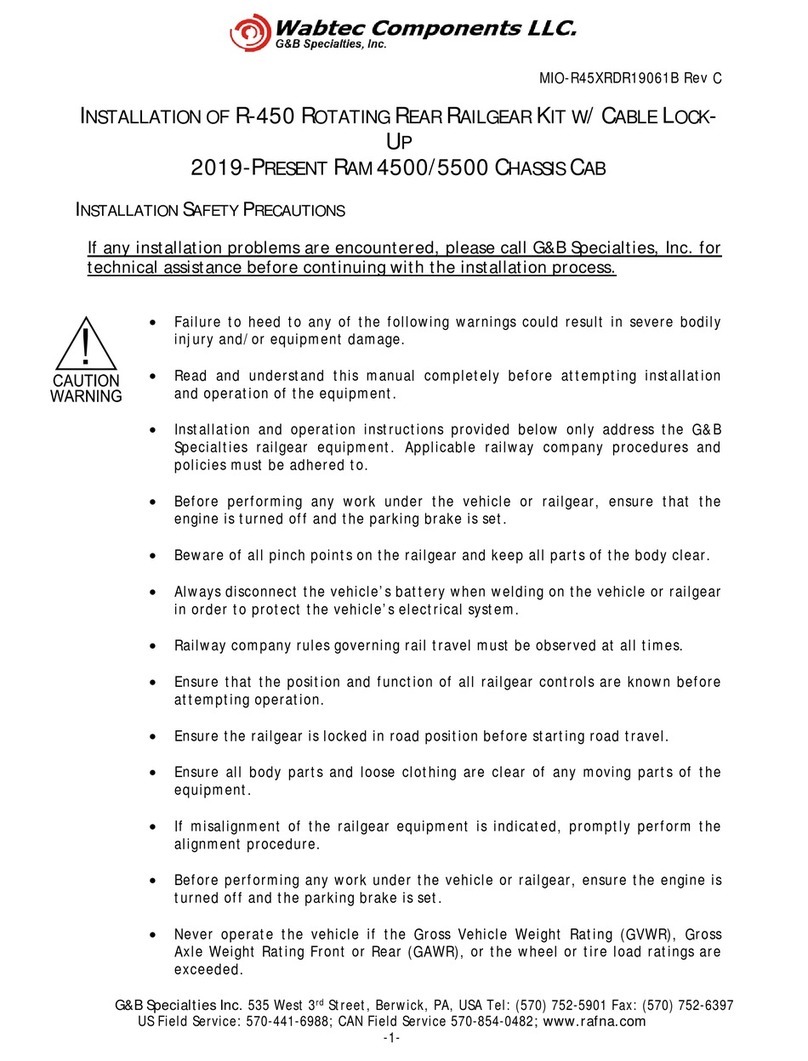Appendix A and B provide detailed description of optics of the instrument,
and of data processing method. Appendix C describes MATLAB data
processing functions. If data are good, a single command make_P processes
a set of files and produces elements of the P matrix, together with beam
attenuation and scattering coefficients. The function name make_P derives
from the scattering matrix P.
The LISST-VSF instrument employs two optical systems which combine to
produce the full VSF. The small angle measurements (<15o) are done with
ring detectors, identical to our LISST-100X instrument. We will often refer to
data collected with these detectors as ring data, or rings data. Scattering at
larger angles (>15o) is measured using a rotating ‘eyeball’ (see photo on
opposing page). This data is referred to as eyeball data.
For ring data collection optics, please refer to details in one of several
publications (e.g. Agrawal & Pottsmith, 2000; included on the ship disk). A
simplified explanation of the eyeball optics for large-angle measurements is
offered here.
Typical volume scattering function sensors, or for polarization studies, typical
polarimeters observe a common sample volume with a multiple set of
detectors. In some of these systems, a single viewing telescope rotates
around the sample volume. The former system can only have a small number
of detectors, and each needs to be carefully calibrated. In the latter, rotating a
telescope requires cumbersome and slow mechanical systems that don’t lend
themselves to deep submerged usage. For these reasons, the present
instrument employs a rotating eyeball. Instead of viewing a common sample
volume, the eyeball scans the length of a laser beam, thus obtaining angular
information.
In the LISST-VSF instrument, the scattered light entering the eyeball is split
into its two polarization components, and each is sensed with a dedicated
photomultiplier (PMT). A set of measurements comprises the recording of
these two PMT outputs over 2 rotations of the eyeball. Each rotation is for a
fixed polarization of the laser; e.g. the first rotation is with perpendicular laser
polarized, and a second rotation is with parallel polarization. To rotate laser
polarization between eyeball turns, a half-wave plate is mechanically inserted
in the laser beam before it enters water. Data are stored in a single datafile
that combines rings and eyeball data.
The small eyeball makes the LISST-VSF instrument compact, autonomous,
and manageable underwater. As a result, this instrument may be left on a
tripod or mooring.
As explained in Appendix B, due to the rotating eyeball receiver, the stored
scattered light signals are a mix of the 3 parameters P11, P12 and P22. The
convenience of the eyeball thus involves a price –solving for these quantities.
We provide software to perform this function. For details, please see
Appendix C.



















